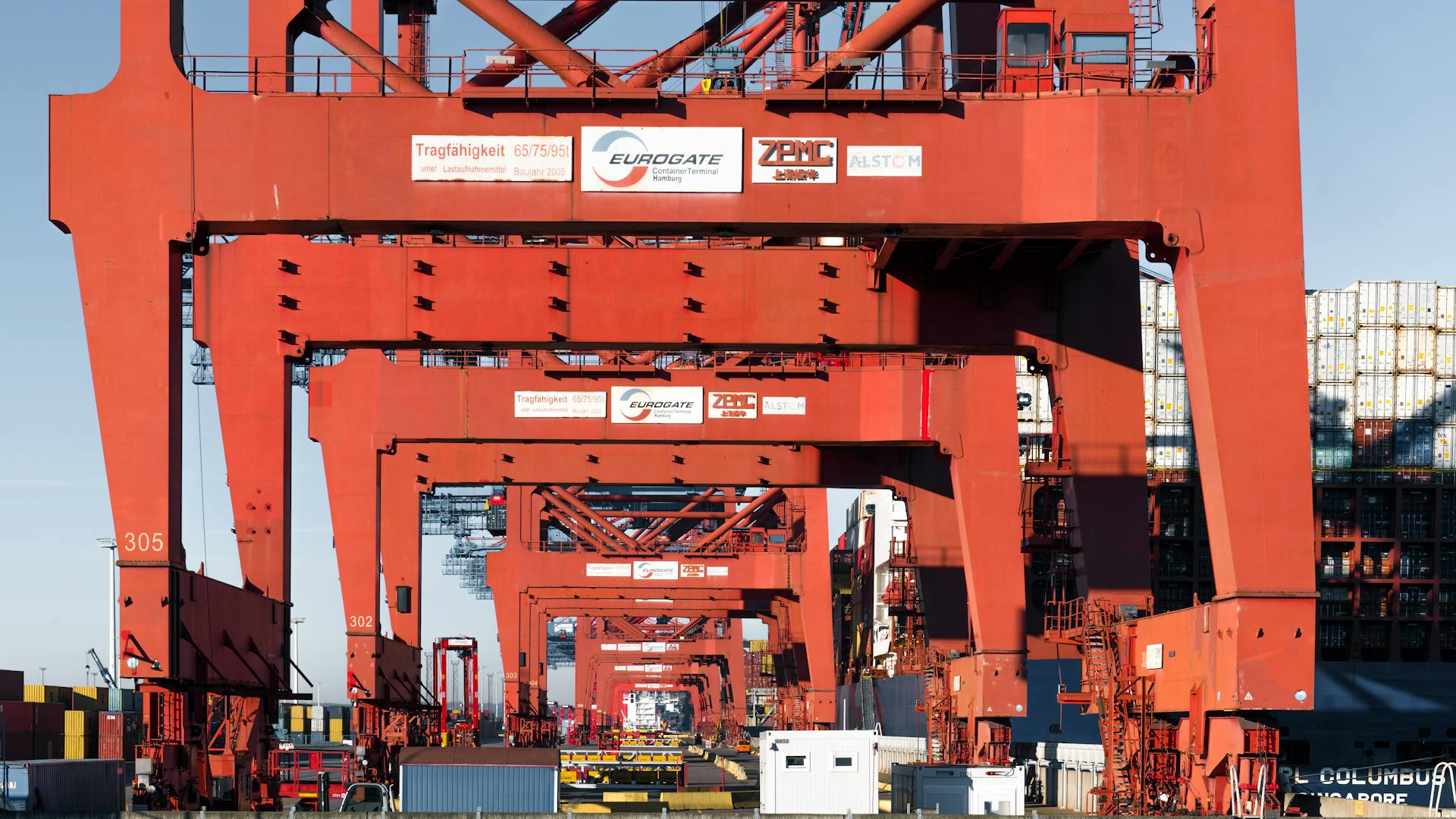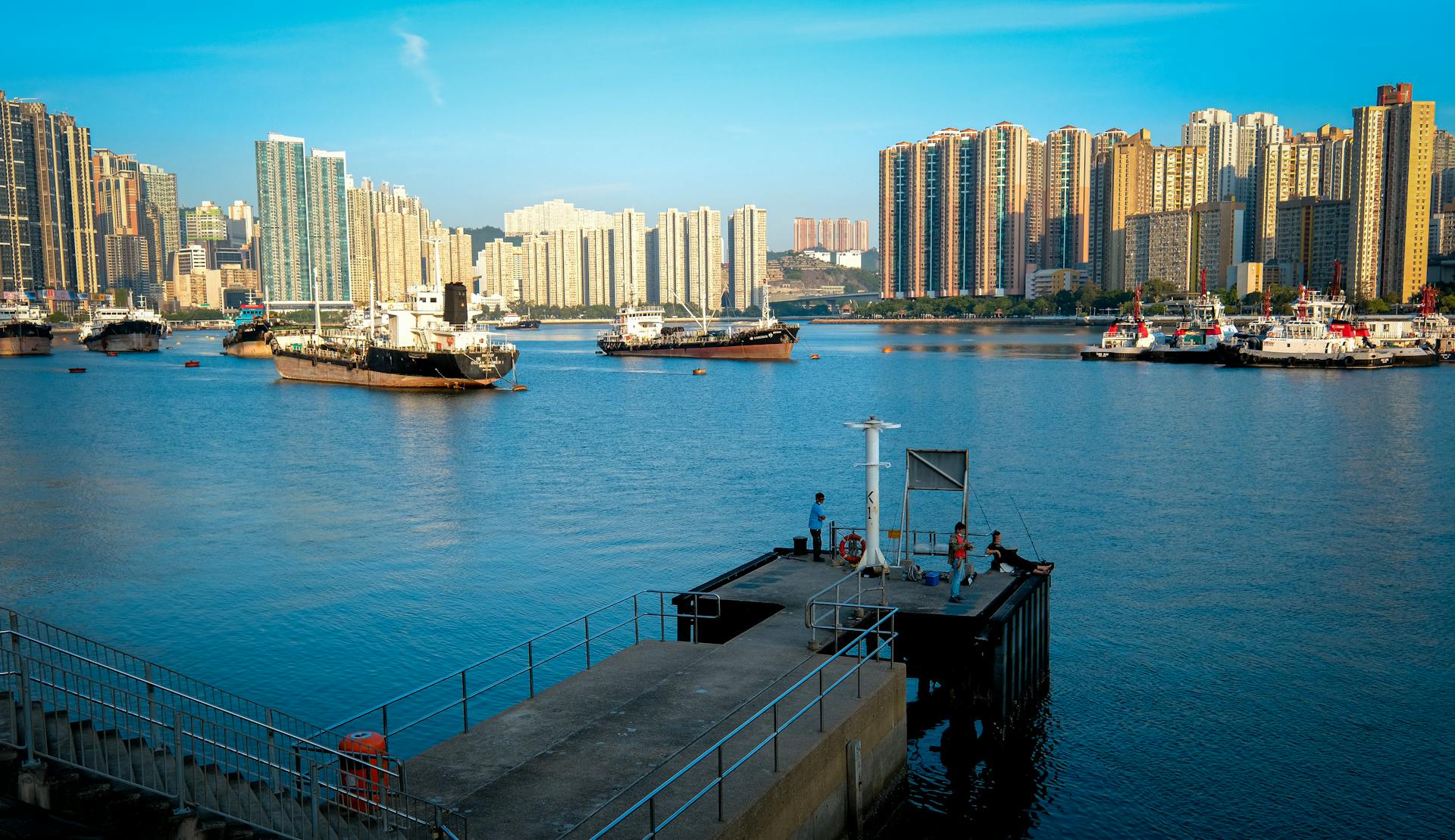
The Intergovernmental Agreement on Dry Ports Global Cooperation is a significant step towards promoting international collaboration and standardization in the dry port sector. This agreement aims to facilitate the exchange of best practices and technologies among dry port operators worldwide.
Dry ports are inland facilities that act as distribution centers for cargo, reducing the need for lengthy transportation and increasing efficiency. They are often located near major highways or rail lines, making it easier to transport goods to and from these facilities.
The agreement encourages countries to adopt common standards and regulations for dry ports, ensuring consistency and facilitating trade across borders. By promoting global cooperation, the agreement aims to boost economic growth and improve supply chain resilience.
Dry ports can significantly reduce transportation costs and environmental impact by minimizing the need for long-distance trucking and shipping.
What is a Dry Port?
A dry port is a location where cargo is transferred from one mode of transportation to another, often from ship to truck or train. It's essentially a hub for logistics and trade.
These dry ports are identified in Annex I of the Agreement, which lists specific locations across different states. The list can be amended once the Agreement takes effect.
Many dry ports are situated on the border between two states, making them strategic locations for trade and commerce. This can help facilitate the movement of goods between countries.
ICDs, or Inland Container Ports, are a type of dry port where containers are transferred from ships to trucks or trains.
IGA Process
The Intergovernmental Agreement on Dry Ports was signed on 7 November 2013 in Bangkok, Thailand by 14 countries.
The Agreement was submitted by the Ministry of Transport and is subject to adoption by the relevant directive of the Russian Government, in keeping with the Federal Law on International Treaties of the Russia Federation.
A signed directive approved the Agreement, which is designed to coordinate the Asia Pacific countries' policy in developing transport and logistics networks.

The Agreement includes a list of dry ports of international significance, port classifications, and a list of recommendations for the signatory countries on developing the ports.
The decision to adopt the Agreement will help harmonise and facilitate intermodal transport in the Asia Pacific region, expand international trade, and meet the needs of land-locked countries.
The Agreement was signed by 14 countries, including Armenia, Vietnam, Indonesia, Iran, Cambodia, China, Laos, Mongolia, Myanmar, Nepal, the Republic of Korea, the Russian Federation, Tajikistan, and Thailand.
International Cooperation
Seventeen countries have signed the Inter-Governmental Agreement on Dry Ports of International Importance, including Armenia, Bangladesh, Cambodia, China, Indonesia, Iran, and many others.
The agreement aims to promote international recognition of dry ports, facilitate investment in dry port infrastructure, improve operational efficiency, and enhance environmental sustainability of transport.
The agreement is an outcome of the ESCAP resolution 66/4 of 19th May, 2010, on the implementation of the Bangkok Declaration on Transport Development in Asia and the request to work towards the development of an inter-Governmental agreement on dry ports.
The Union Cabinet, chaired by the Prime Minister, has given its approval for signing and ratifying the agreement to promote international recognition of dry ports and facilitate investment in infrastructure.
The agreement will help in connectivity and integration of the Asian highway network, the trans-Asian railways network, and other modes by working towards development of dry ports.
The agreement promotes international recognition of dry ports, facilitates investment in infrastructure, improves operational efficiency of intermodal transport services, and enhances environmental sustainability of freight transport.
The Ministry of Transport has been designated as the competent authority for the implementation of the agreement in Uzbekistan.
The agreement defines a list of "dry ports" of international importance, as well as guidelines for their development and operation, with a view to strengthen relations and promote international trade among members of the ESCAP.
Content
The Intergovernmental Agreement on Dry Ports outlines a coordinated effort to create nodes along an international integrated intermodal transport and logistics system.

Existing and potential dry port locations are identified in the Agreement, which will serve as the basis for this coordinated effort.
Annex I of the Agreement lists the dry ports that are subject to the agreement, providing a clear understanding of which locations are involved.
The principles underlying the development and operation of these ports are outlined in Annex II, which will help guide the creation of these nodes.
Frequently Asked Questions
What is required for a dry port?
A dry port requires infrastructure and equipment for handling, consolidating, storing, and transferring containers and other unitized cargo. This enables efficient and streamlined cargo operations.
Which countries have dry ports?
Dry ports are located in several countries, including Egypt, Algeria, Angola, and Benin, with multiple locations within each country. These countries have a total of 10 dry ports listed, offering various logistics and shipping services.
Are inland container deports also referred to as dry ports?
Yes, inland container depots are also known as dry ports, serving as vital links in the global supply chain and logistics network.
Sources
- https://en.wikipedia.org/wiki/Intergovernmental_Agreement_on_Dry_Ports
- http://government.ru/en/docs/20412/
- https://caucasuswatch.de/news/2567
- https://www.pmindia.gov.in/en/news_updates/signing-and-ratifying-the-inter-governmental-agreement-on-dry-ports-of-international-importance/
- https://www.linkedin.com/pulse/uzbekistan-joins-agreement-dry-ports-praelegal-uzbekistan
Featured Images: pexels.com


